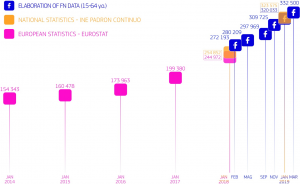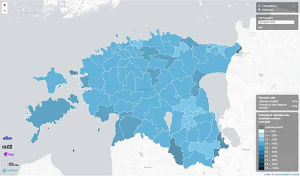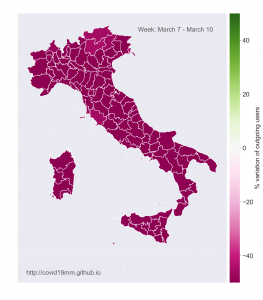
The impact of Hurricane Maria: Combining survey-based estimates and big data to produce migration estimates
Summary
The US Census Bureau combined survey-based estimates and big data to produce migration estimates for Puerto Rico after Hurricane Maria devastated the island in September 2017. Traditionally, the US Census Bureau measures migration between Puerto Rico and mainland US using the American Community Survey (ACS) and the Puerto Rico Community Survey (PRCS); however, due to the hurricane the latter ceased its operations from October-December 2017 and did not resume them until January 2018. Consequently, the figures that derived from the census did not reflect the mass exodus caused by the disaster. Alternative data sources, such as airline passenger traffic and transportation data were used to estimate net migration in the aftermath of the hurricane.
Results
This project showed that innovative data – in particular, air passenger traffic data – could help estimate the impact of Hurricane Maria on migration to and from Puerto Rico more accurately than traditional survey-based methodologies. It demonstrated a large spike of Puerto Ricans flying to the US during the latter months of 2017 (September-December), resulting in large out migration from Puerto Rico, and a corresponding return movement in the early months of 2018. The US Census Bureau noted that they will continue to integrate innovative data sources in the future production of migration statistics, as their current survey-based methodology will continue to lag on the capturing of sudden migration events caused by either natural disasters or significant national policy changes.
(Picture: © Angela Wells / IOM 2019)



